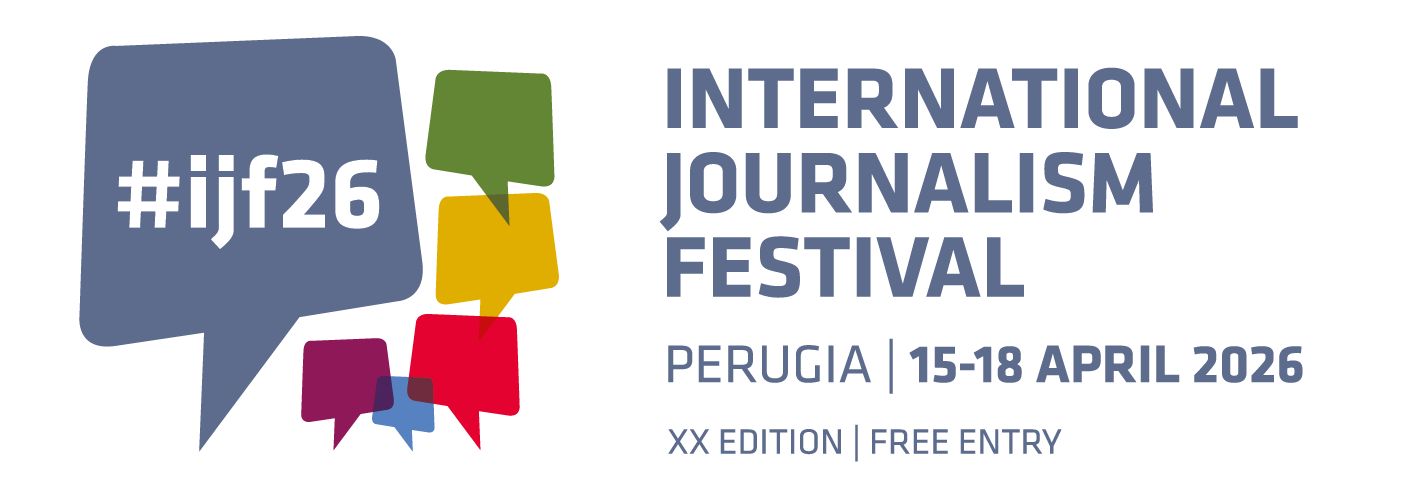In Italy, as in most western countries, mass media are producing shorter and shorter stories each day. They are sending repetitive and simple messages that make it very difficult to journalists to develop the complexities of international affairs.
At the same time, new digital technologies are providing these journalists with incredible tools capable of building up stories in countless different multimedia ways far from the classical documentary.
But, which space do these new long-term reportages have in the current media panorama?
This question was the axe of the panel discussion Multimedia journalism and visual storytelling at the International Journalism Festival 2015. While the speakers did not reach any definitive solution, they had four examples of successful long-term cross-media projects to share.
The first work to be presented was Ruanda 20 Ans Après, an interactive story about the difficult relations between neighbours in a small Rwandan village 20 years before the genocide.
The author, Giordano Cossu, explained that the relations between these villagers would have been very difficult to just reflect on paper. Nevertheless, the interactive walk through the village, the interviews with its inhabitants and the infographics explaining their links make it much easier to understand.
“The fact that you can treat a story putting together different media allows you to find the best format for every point of the story,” the independent journalist said.
Giordano Cossu is also founder of the French company Hirva Lab, specialised in interactive and multimedia storytelling. He explained that this kind of storytelling “allows the viewer to be an active part of the story and that is stimulating”.
The Sochi Project was the next documentary project to be examined. It was produced by Prospektor, a Dutch storytelling company dedicated to long-multimedia projects. It intended to show to the world the violent reality of the Sochi area, before the Olympics started and Putin filled the international media with his biased portrayal of his country.
Its founder, Arnold van Bruggen, explained that Prospektor’s journalists have first the idea of the story they want to tell, and it changes until finding the best way of telling it.
After showing different successful multimedia reportages, he said: “Many people find these multimedia documentaries a piece of art. But we want to be more journalists than artists”.
The Dark Side of the Italian Tomato is an interactive project, by the Italian data journalist Jacopo Ottaviani, which talks about how the agricultural subventions in Europe are harming the industry in Ghana enormously.
“We wanted to find a way to link data journalism with traditional reporting -work in the field, statements by witnesses, etc.- and the final result is kind of halfway between the two approaches,” said the international journalist.
On a similar line goes the work of Andrea Marinelli, another Italian international journalist. “It’s no longer enough to use a video or a text,” he said. “The data gives you the opportunity to find more stories within the main story.”
His project Peninsula Hotel, which tells stories of talented and successful Italians –far from the classical ones always related with food and fashion- was funded as a branded product by an Italian phone company.
Marinelli said that this funding model still scares people in Italy “for the fear of selling yourself to a company just for the money”. But he thinks that this is the direction to which the business is moving.
“There is a problem of resourcing, but things are changing and also big media are following such an approach, sometimes internal projects, and sometimes external ones”, he concluded.
Teresa López

